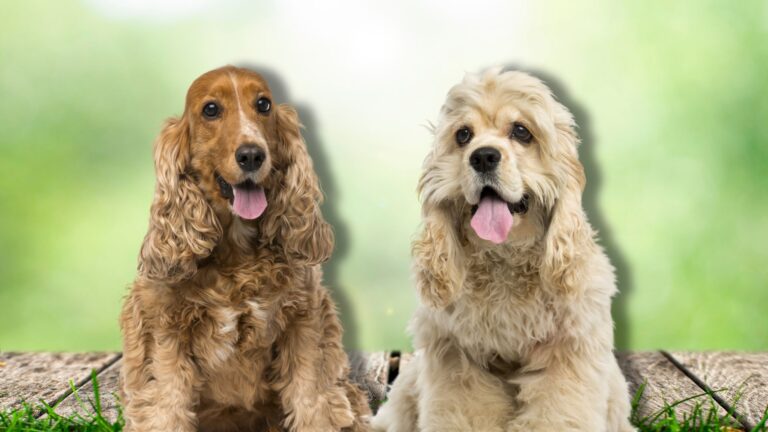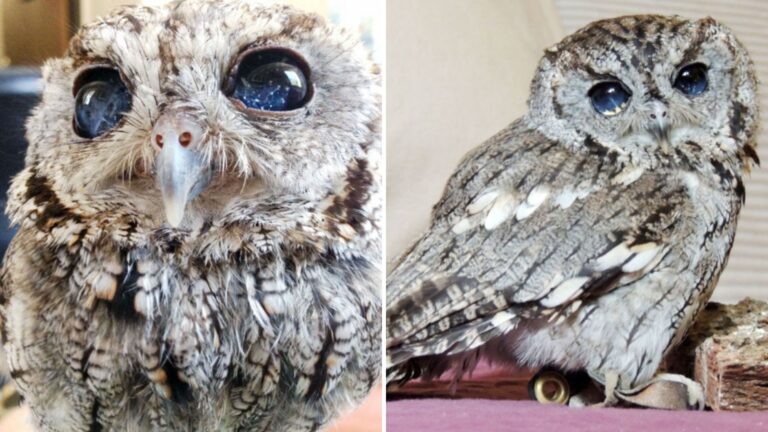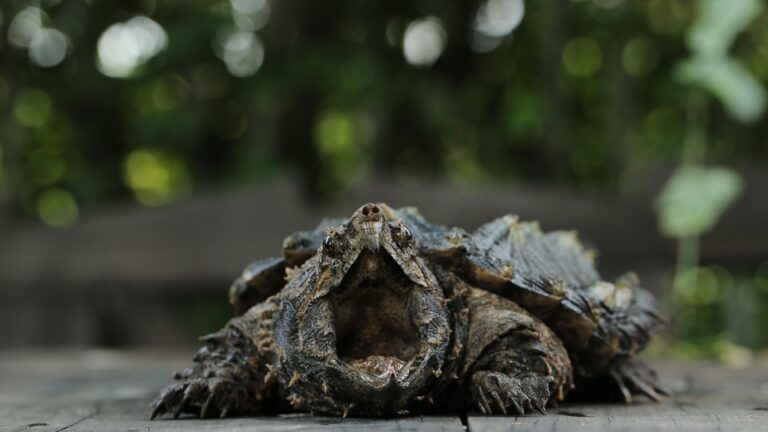Health Problems Linked To Popular Cat Breeds
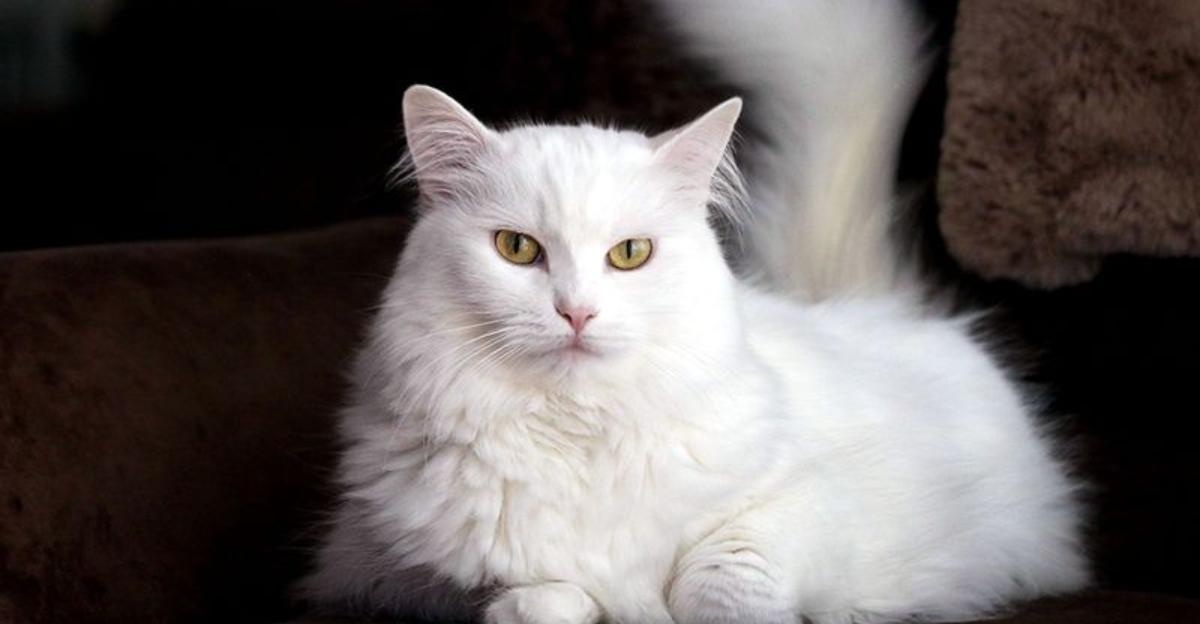
Cats are quirky little creatures, each with its own personality and charm. But did you know that some popular breeds come with their own set of health challenges?
Dive into the world of cat health and discover what makes each breed unique—and why some might need a little extra care from their human companions.
1. Persian Cats: Respiratory Issues
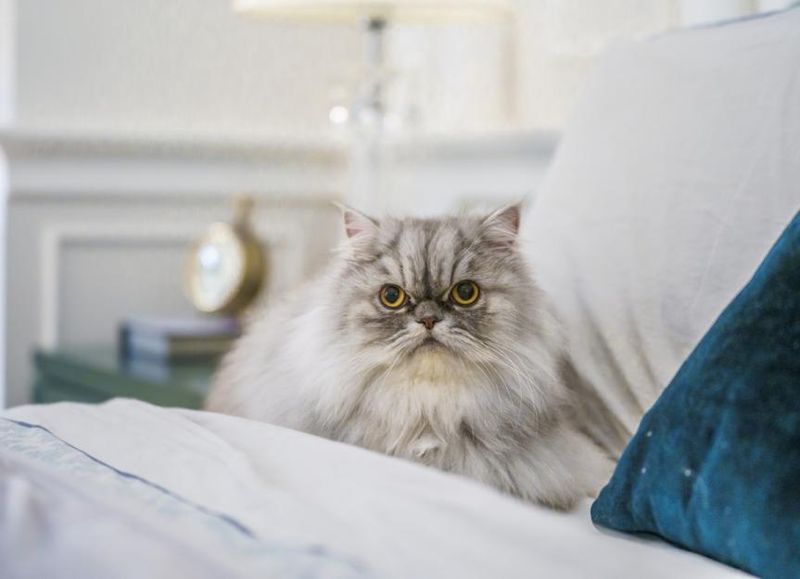
With their luxurious coats and regal looks, Persian cats are the epitome of feline royalty. Yet, their distinct flat faces can lead to breathing difficulties. This breed often struggles with brachycephalic airway syndrome, making each breath a bit of a challenge.
If you notice your Persian wheezing or snoring, it might be time to consult a vet. Regular check-ups can ensure your fluffy friend stays in top form.
2. Siamese Cats: Genetic Eye Conditions
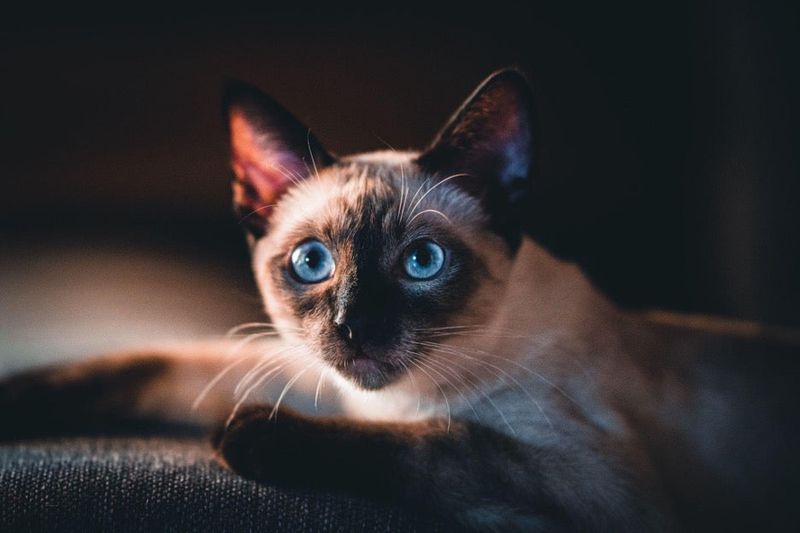
Siamese cats are known for their striking blue eyes and vocal personalities. However, behind those captivating eyes can lie a genetic predisposition to eye disorders. These cats may be prone to progressive retinal atrophy, a condition that can lead to vision loss.
It’s essential to keep an eye—pun intended—on their vision health. Regular vet visits can help catch any issues early, ensuring your Siamese’s eyes stay as bright as ever.
3. Maine Coon Cats: Heart Disease

Maine Coons, the gentle giants of the feline world, are known for their friendly demeanor and gigantic size. However, they are particularly susceptible to hypertrophic cardiomyopathy (HCM), a heart condition that can be life-threatening.
Regular heart screenings are crucial for this breed to detect any signs early. By keeping a watchful eye on their cardiac health, you can ensure your Maine Coon enjoys a long, healthy life.
4. Scottish Fold Cats: Joint And Bone Health
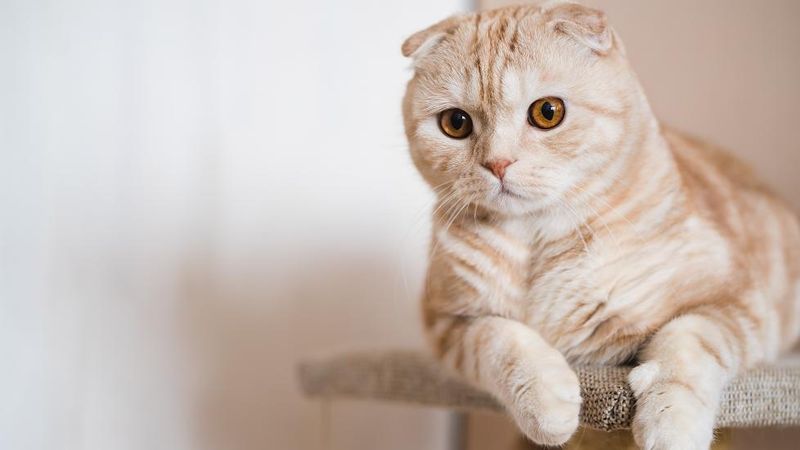
With their adorable folded ears, Scottish Folds are undeniably cute. But those charming ears are a result of a genetic mutation that also affects their bones and joints. They are prone to osteochondrodysplasia, a condition that can cause painful arthritis.
Ensuring a comfortable environment and regular vet visits can help manage their joint health. Keep an eye out for any signs of discomfort in your fold-eared companion.
5. Bengal Cats: Kidney Issues

Bengals are like miniature leopards with their beautiful spotted coats. However, they can face kidney-related challenges. Bengals are susceptible to chronic kidney disease, which can affect their quality of life.
Monitoring their water intake and ensuring they have a balanced diet can help manage their kidney health. A regular vet check-up can catch any issues early, keeping your Bengal thriving.
6. Ragdoll Cats: Heart Disease
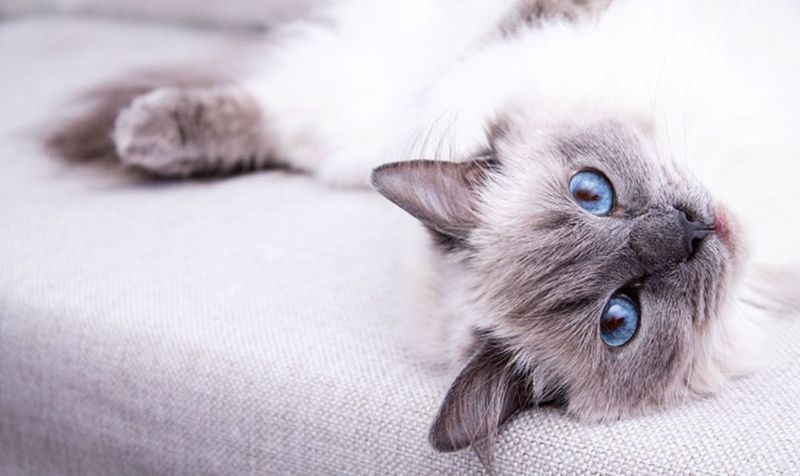
Ragdolls are as laid-back as they come, often going limp when held—hence the name. But behind their easygoing nature, there’s a risk of hypertrophic cardiomyopathy (HCM), a heart condition they share with Maine Coons.
Regular heart screenings are vital to detect any early signs. With proper care, your Ragdoll can be the picture of health, lazing around happily for years to come.
7. British Shorthair Cats: Obesity

British Shorthairs, with their round faces and plush coats, are easy to adore. But their love for lounging and food can lead to obesity, a common health concern for this breed.
Maintaining a balanced diet and encouraging playtime can help keep their weight in check. Regular vet checks can monitor their health and prevent obesity-related issues, keeping your British Shorthair healthy and happy.
8. Abyssinian Cats: Dental Health Issues
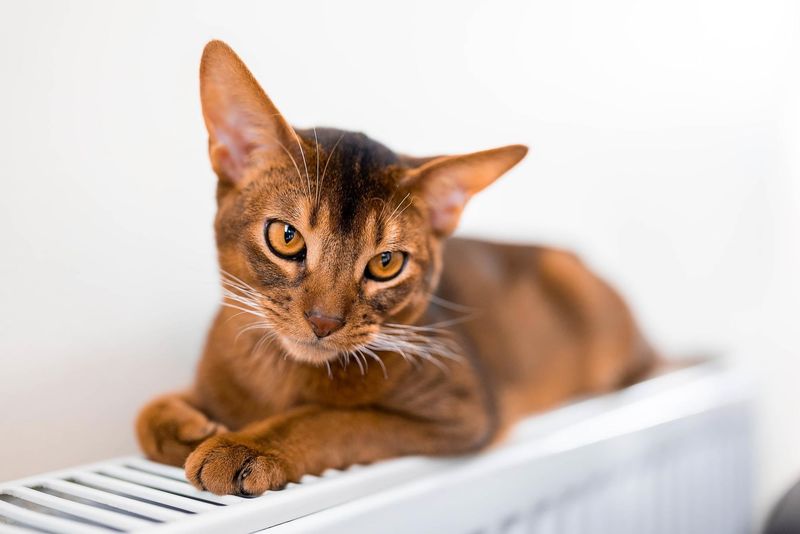
Abyssinians are sleek, energetic, and always on the move. But their dental health can sometimes take a backseat. This breed is prone to periodontal disease, which can lead to tooth loss if untreated.
Regular dental check-ups and good oral hygiene practices can ensure an Abyssinian’s smile stays bright. Providing dental treats and toys can also aid in maintaining their oral health.
9. Sphynx Cats: Skin Problems
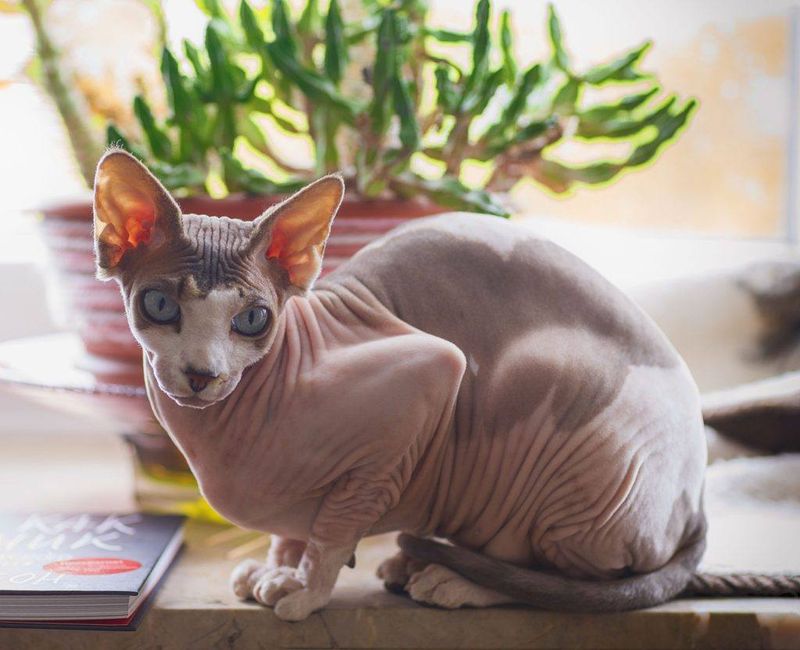
Sphynx cats, with their distinctive hairless appearance, are a sight to behold. However, their lack of fur can lead to skin issues. They are prone to oily skin and acne, requiring regular baths to keep their skin healthy.
Moisturizing and cleaning their skin folds are part of the routine care they need. With the right attention, a Sphynx’s skin can be as smooth as it looks.
10. Russian Blue Cats: Respiratory Health
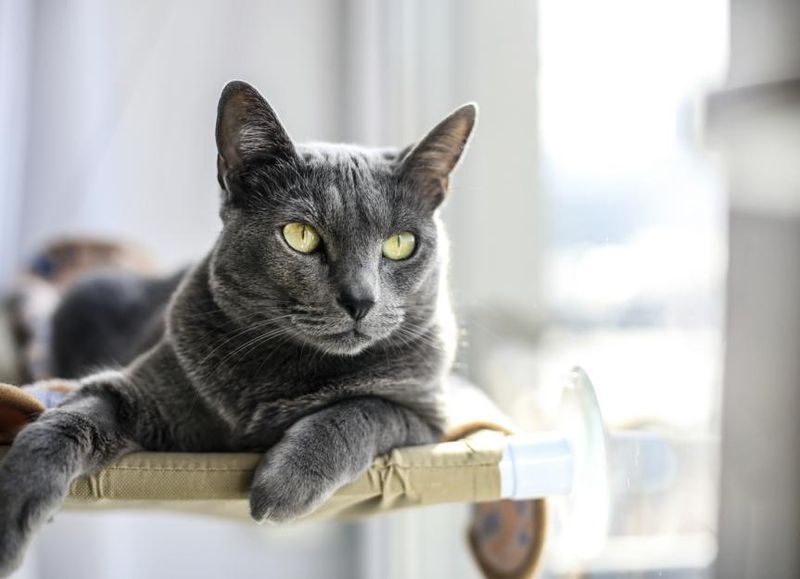
Russian Blues are known for their plush, silvery coats and striking green eyes. Although generally healthy, they can sometimes face respiratory issues, especially if exposed to allergens.
Keeping their living space clean and free from dust can help prevent respiratory troubles. If your Russian Blue seems to have nasal congestion, a vet visit is a wise move to ensure their breathing stays easy.
11. American Shorthair Cats: Urinary Tract Infections
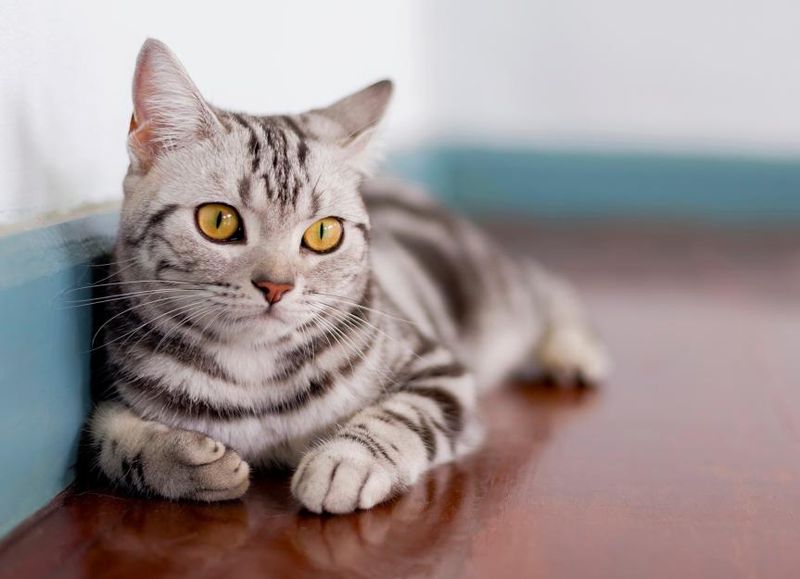
American Shorthairs are adaptable and easy-going, but they can be prone to urinary tract infections (UTIs). These infections can be uncomfortable, causing frequent urination or straining.
Providing plenty of fresh water and maintaining a balanced diet can help prevent UTIs. At the first sign of trouble, a vet visit can ensure your American Shorthair stays comfortable and healthy.
12. Burmese Cats: Diabetes
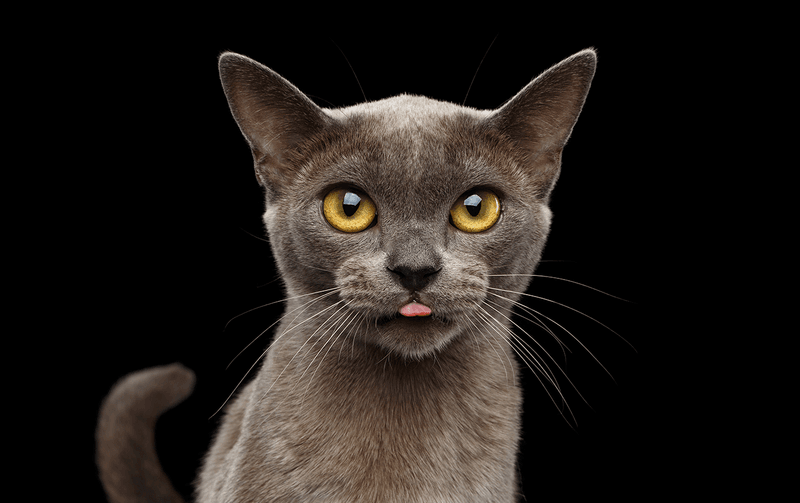
Burmese cats, with their affectionate nature and striking coats, are a joy to have around. However, they are at risk for developing diabetes, a condition that can be managed with proper care.
Monitoring their diet and weight is crucial. If your Burmese seems unusually thirsty or lethargic, a trip to the vet can catch any signs of diabetes early.
13. Turkish Angora Cats: Heart Disease
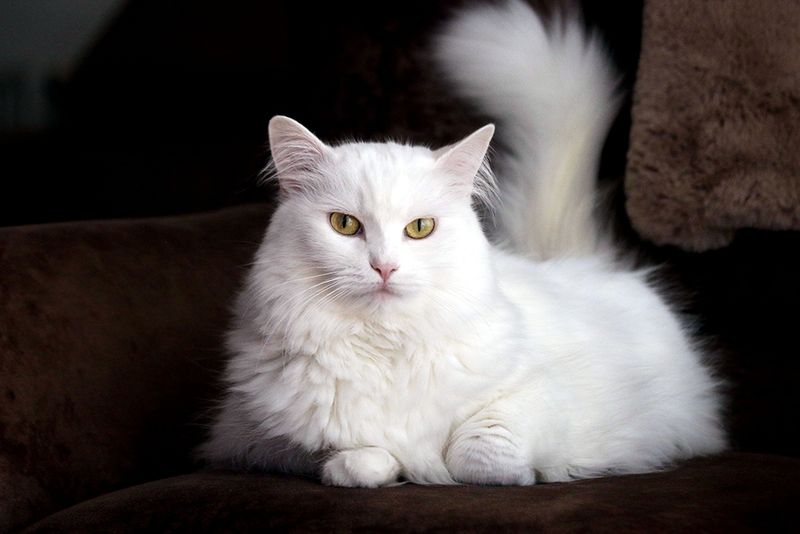
Turkish Angoras are the aristocrats of the cat world, with their silky coats and graceful demeanor. But like some other breeds, they are susceptible to hypertrophic cardiomyopathy (HCM).
Regular heart screenings can help detect any issues early. With attentive care, your Turkish Angora can live a long, healthy life, charming everyone with its elegance.
14. Oriental Cats: Kidney Problems
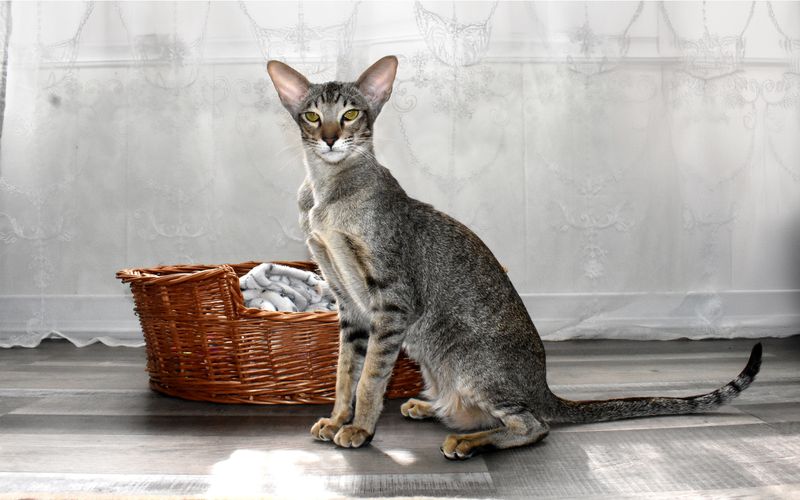
Oriental cats, with their striking looks and playful nature, are quite the entertainers. However, they can be prone to kidney problems, a concern for many cat owners.
Ensuring they have plenty of fresh water and a balanced diet can help support their kidney health. Regular vet visits can catch any issues early, ensuring your Oriental cat remains the life of the party.
15. Norwegian Forest Cats: Hip Dysplasia
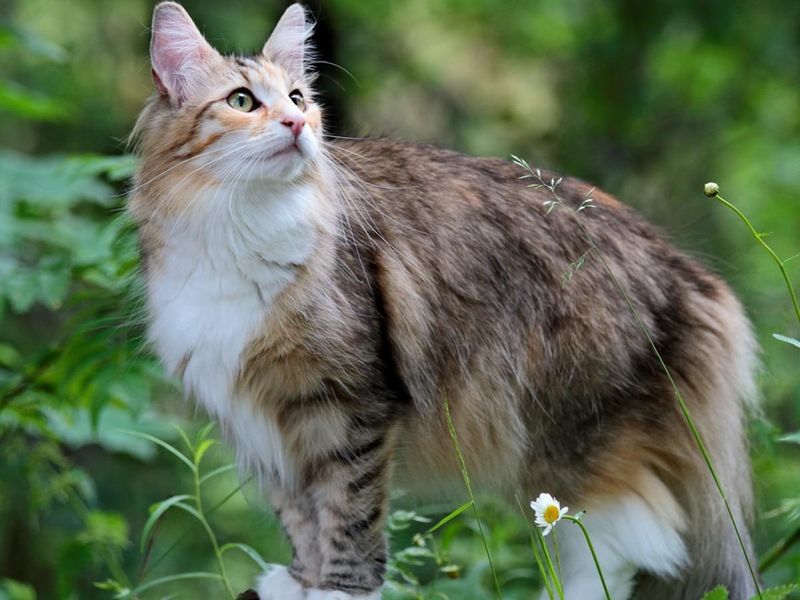
Norwegian Forest cats, with their robust builds and adventurous spirits, are made for exploring. However, their size can make them susceptible to hip dysplasia, a condition that affects joint health.
Providing a healthy diet and regular exercise can help maintain their joint flexibility. Keep a watchful eye for any signs of discomfort to ensure your Norwegian Forest cat stays active and happy.
16. Savannah Cats: Digestive Issues
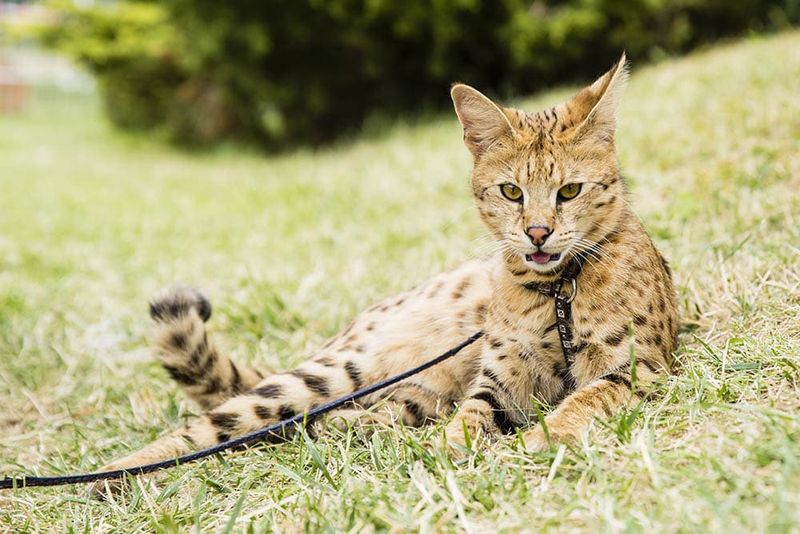
Savannah cats, with their exotic appearance and endless energy, are captivating companions. Yet, they can experience digestive issues, particularly if their diet isn’t managed carefully.
Feeding them high-quality food and keeping track of their dietary habits can help maintain their digestive health. If your Savannah shows signs of discomfort, a consultation with the vet can provide guidance.

